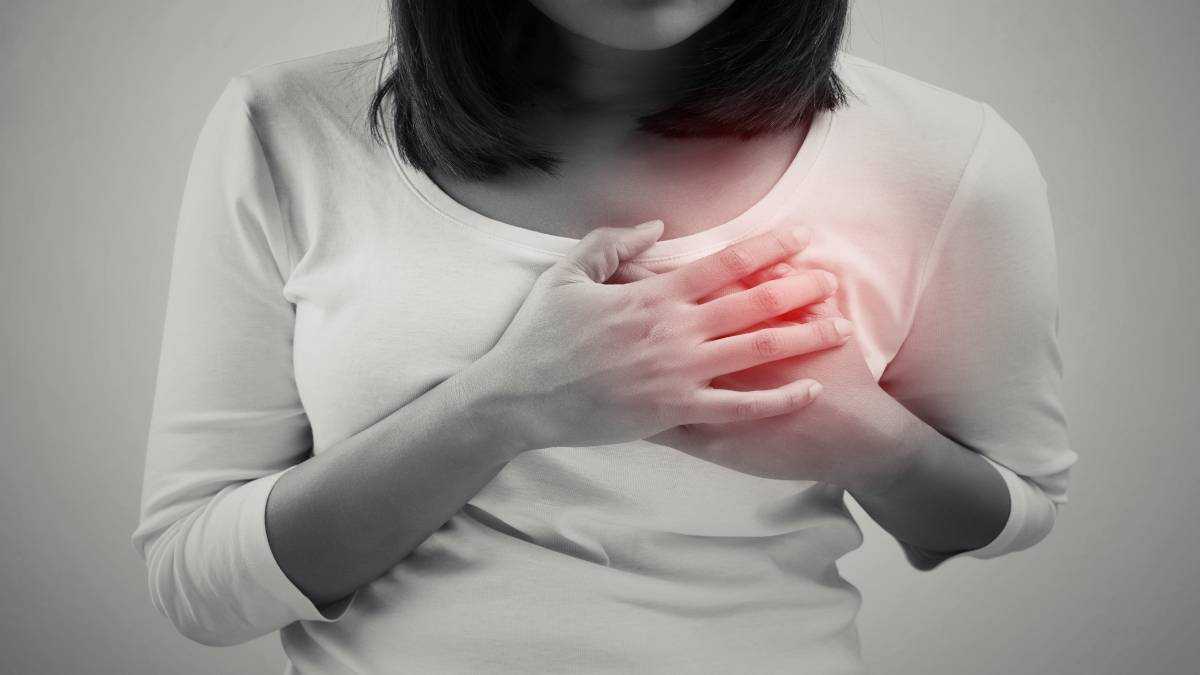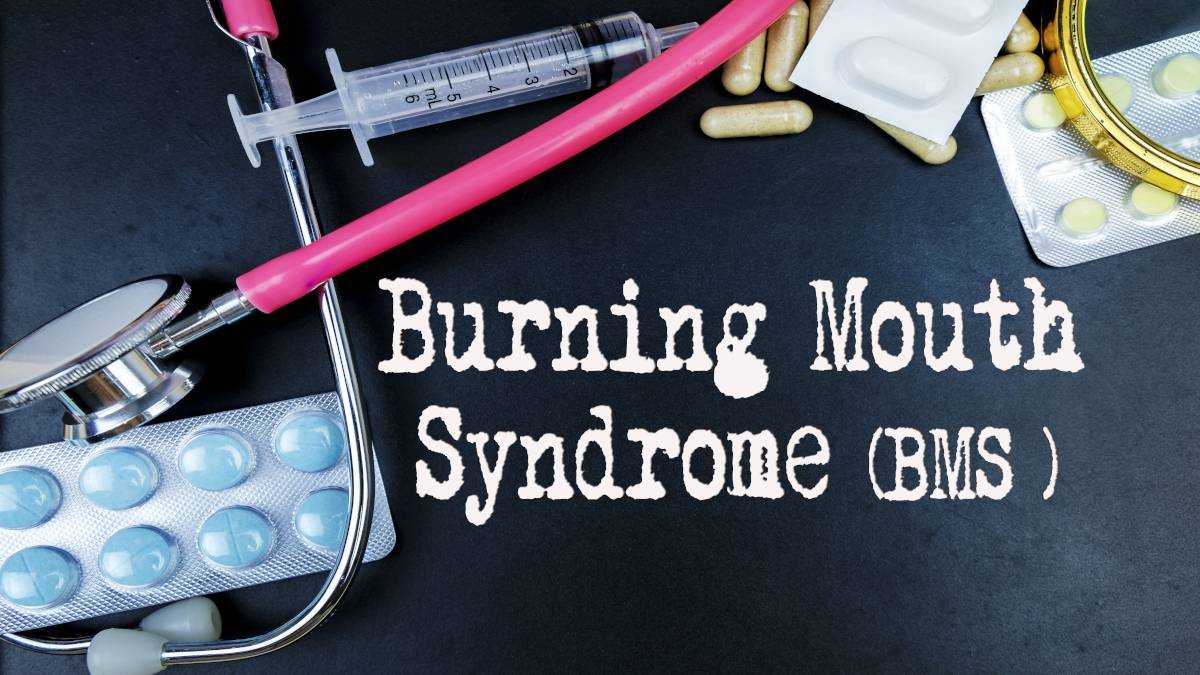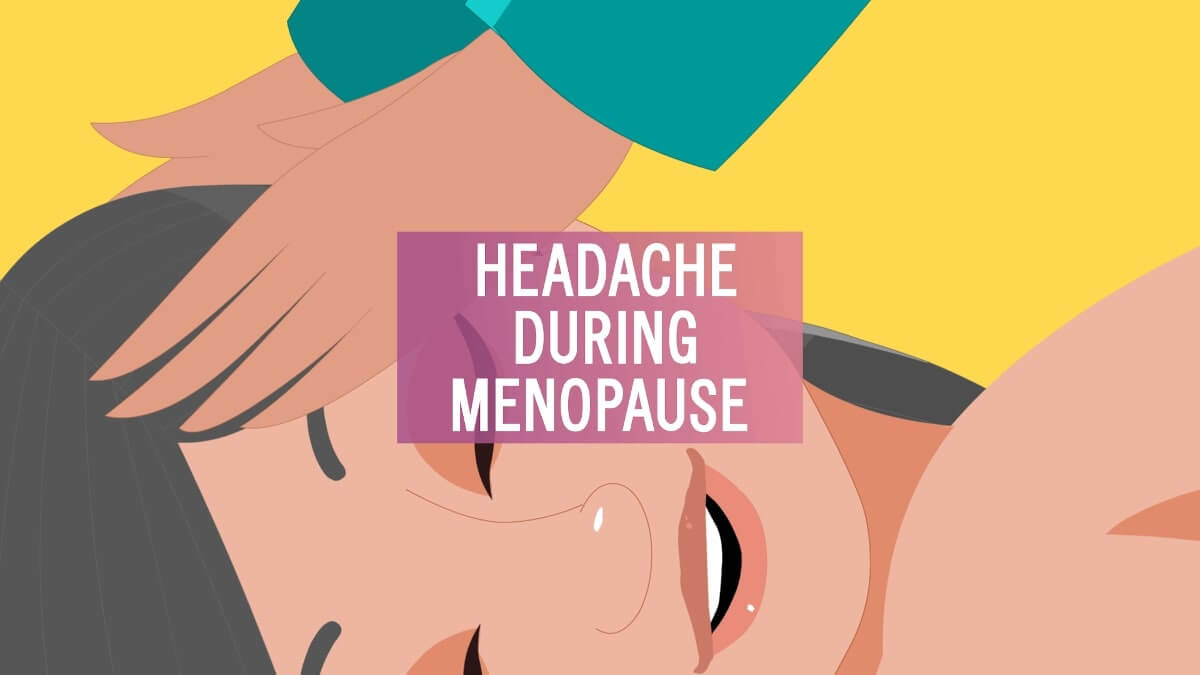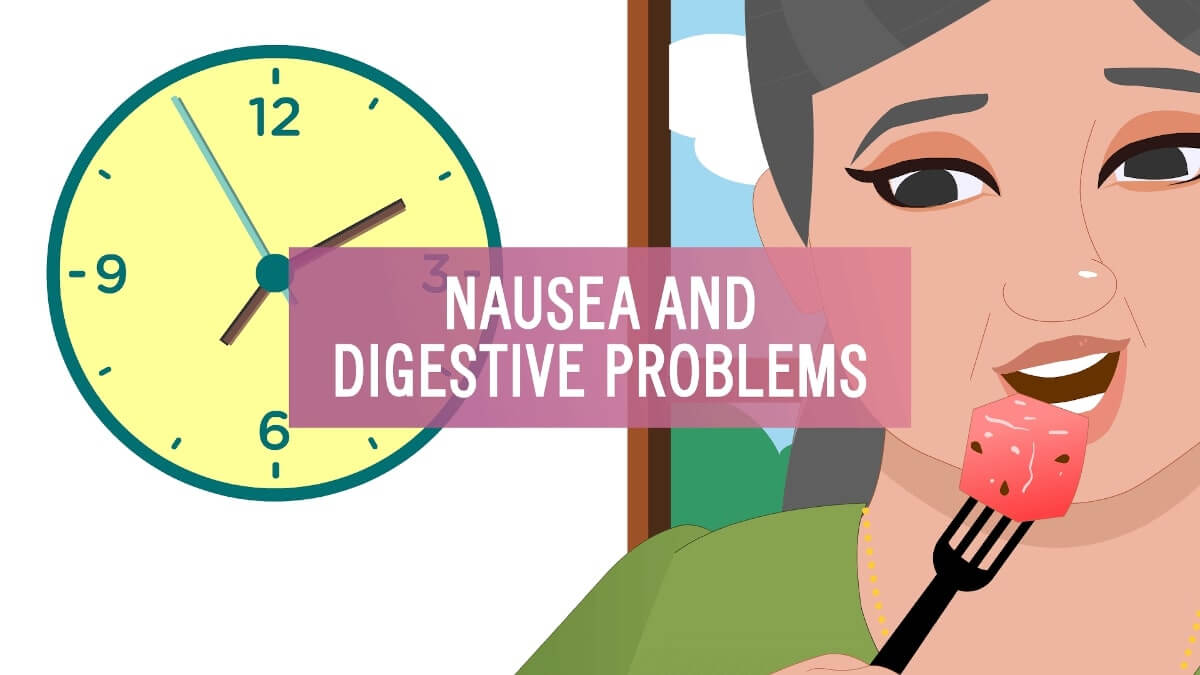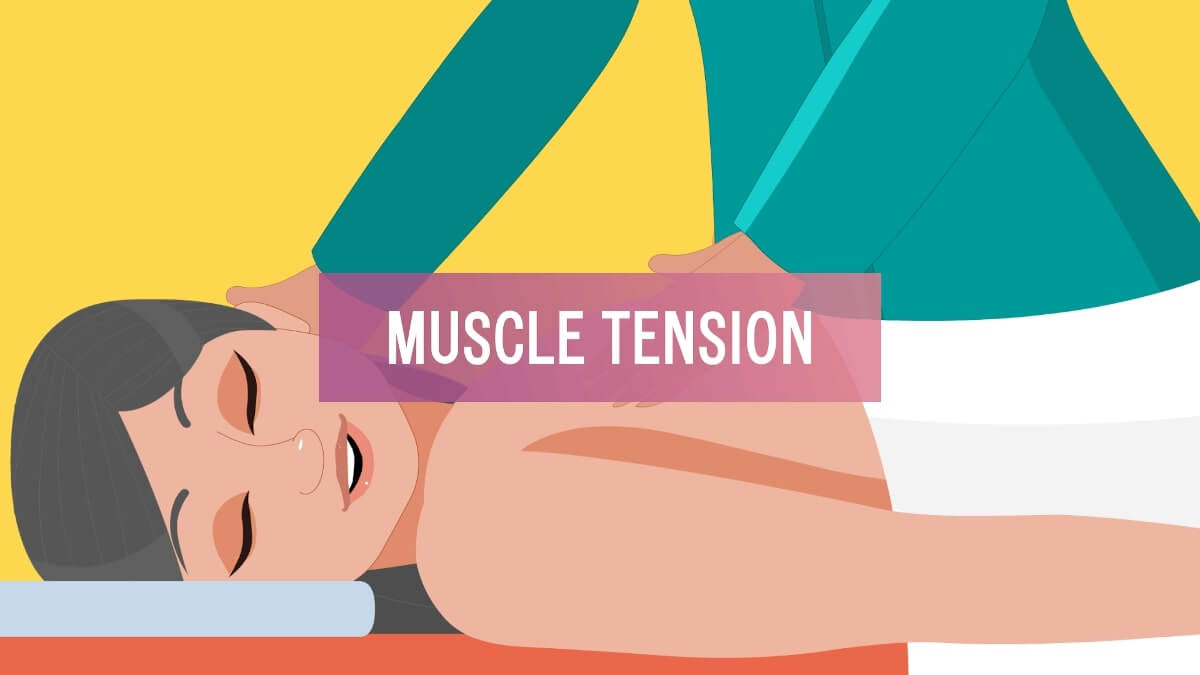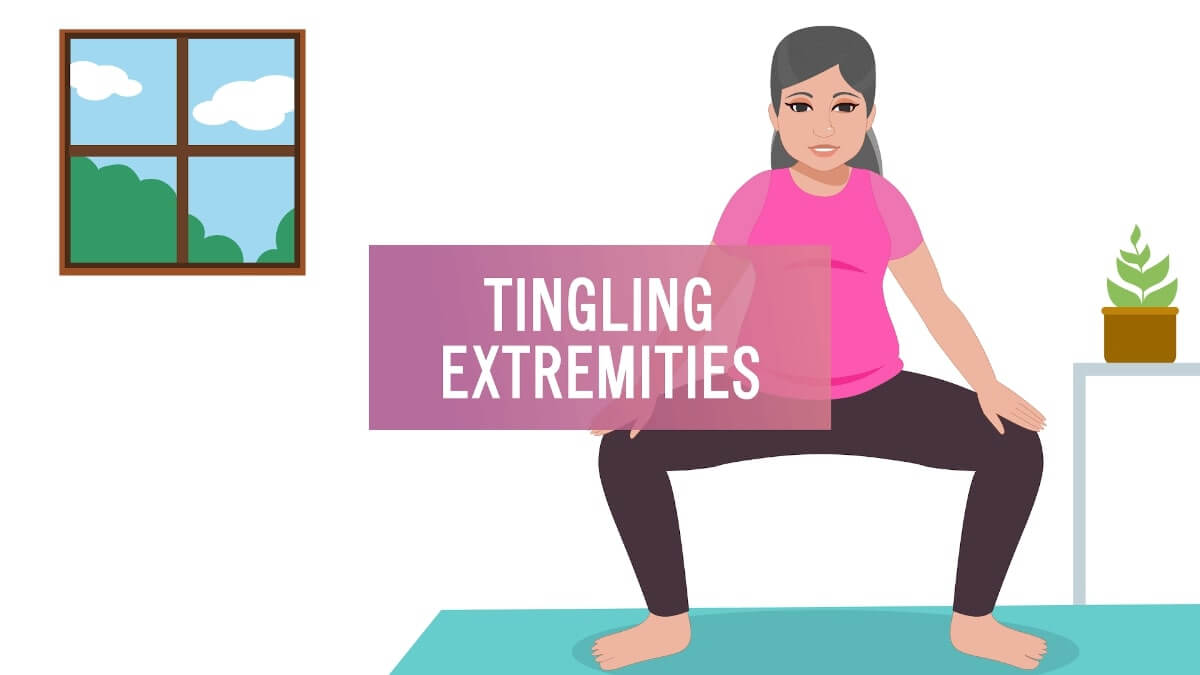Itchy skin medically known as ‘pruritus’ arises during the perimenopause period.
During menopause, the massive hormonal changes that occur in a female’s body gives rise to a lot of uncomfortable symptoms. Some of these symptoms are – vaginal dryness, dental problems, hot flashes, mood swings, night sweats, etc.
Causes of dry and itchy skin during menopause?
Due to the hormonal changes occurring in the body during menopause, there is a drastic drop in the level of estrogen. Estrogen is responsible for the production of collagen which makes the skin supple and taut. Also, it produces natural oils for the skin that helps in keeping it moisturized. An inadequate amount of collagen and natural oil production can make the skin dry and itchy. Around perimenopause estrogen production drops but androgen production remains the same. Other changes in the skin may be due to the natural aging process.
Body parts most prone to dry and itchy skin are:
- Limbs
- Chest
- Neck
- Back
- Face
- Elbows – skin may become flaky
- T-zone of the face
Patients may also suffer from eczema due to dry and itchy skin. During menopause, not only does the body loses its ability to generate essential oils, but it also loses its ability to retain moisture, further aggravating the problem of dry and itchy skin.
Apart from itchy skin, menopausal women may also face other skin-related issues such as rashes, acne, pigmentation, and wrinkling. As you age the skin starts to become saggier because the matrix that holds your skin begins to diminish. Additionally, nails become brittle and hair becomes thinner due to androgenic alopecia.
How to tackle dry and itchy skin during menopause?
In order to keep your skin fresh and moisturized, some easy tips can be followed.
- Use sunscreen: Do not forget to apply sunscreen before you step outdoors. Use a sunscreen with SPF 30 or higher. Variable pigmentation called ‘age spots’ start to show around menopause. These are caused by sun damage. To prevent these it is essential to use a high sun protection factor sunscreen (every 2 hours) from a young age. Skin damaging UV rays may percolate through clouds and fog even on overcast days.
- Avoid scratching, however tempting it may be. Keep the area covered with a cold compress and trim the fingernails.
- Sleep well and reduce stress
- Avoid smoking and alcohol. Exercise regularly.
- Consume smart fats: A diet rich in omega-3 fatty acids will help the body in staying moisturized. Some of the food options containing omega-3 that can be easily incorporated in your daily diet are – walnuts, salmon, eggs, algae oils, flaxseed, safflower oil.
- Stop bathing with hot water: Hot steamy baths may sure feel good, but hot water can prove to be extremely harsh to the skin, especially when it already is lacking the much-needed moisture. Hot baths will only aggravate the problem of dry and itchy skin; hence, best if avoided.
- Use a mild soap: Scented and synthetic soaps can be harsh on the skin and pull off the essential oils from the skin. Hence, opt for a mild, non-scented soap to avoid further worsening the situation.
- Do not forget to moisturize: As soon as you are out of the shower, apply a moisturizer generously on the skin. Natural mineral oils and petroleum jelly do the trick equally well.
- Hydrocortisone cream can help in soothing itchy skin.
- The best hydration, however, can be ensured from the inside
- Vitamin A and C containing topical creams condition the skin. To tackle dry skin and itching on the face, dermatologists widely advise the use of green tea, Vitamin C, shea butter, lactic acid, and hyaluronic acid.
- Herbal supplements like phytoestrogen may be used.
- Exfoliating and taking care of the skin also helps in maintaining its freshness, suppleness, and shine.
Other skin problems in menopause
Rule out hypothyroidism, fungal infections, and vitamin deficiencies which can also cause skin problems.
For perimenopausal acne, antiandrogens may work better than antibiotics. Consult a dermatologist. Laser peels may also help.
Dermal fillers and collagen-building fillers also help for sagging and wrinkles.
Another benign spot that shows up in perimenopause is seborrheic keratosis. Otherwise less flatteringly known as middle-age warts, they are harmless skin growths which may vary from pink to brown to black in color. They may thicken over time to look like a wart. They may be left alone or removed by freezing or scraping.
Â
Special thanks to Dr Preeti Deshpande M.S.(OBGY), FICOG, Endoscopy Training IRCAD (France) for the expert advice.


